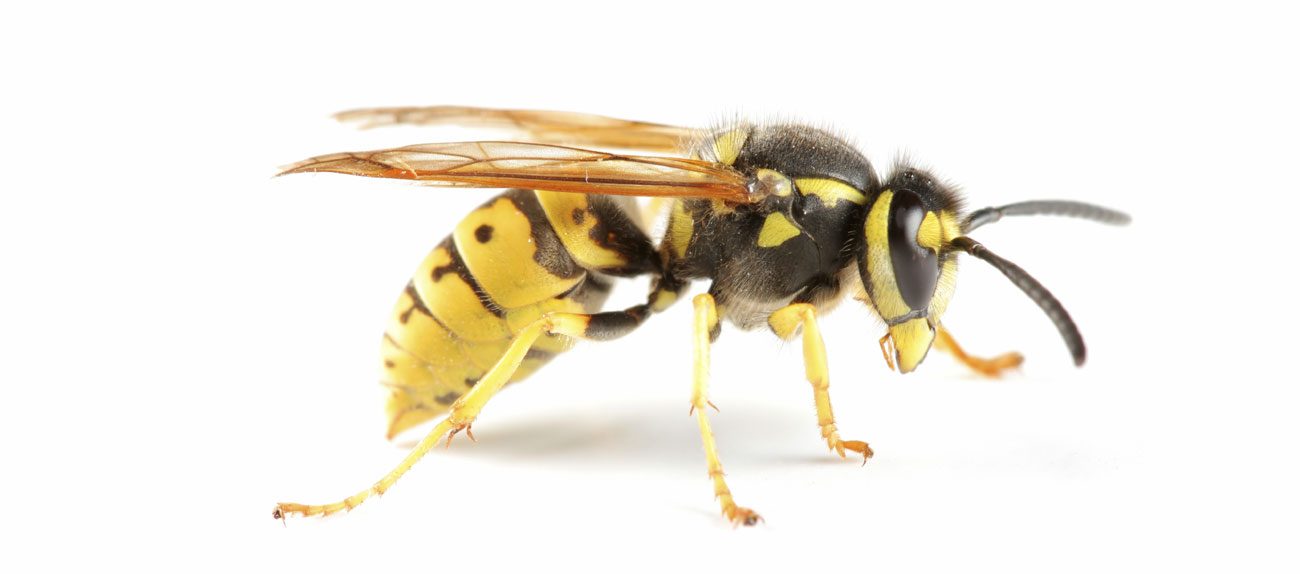Enviroguard have successfully dealt with their first wasp nest enquiry in the 2011 season.
Nests are small at this time of year however if a nest is found it is best practice to treat early reducing the risk of getting stung.
Wasps become more of a nuisance at the height of summer as their nests expand and the number of insects in each colony grows.
Homeowners should not try to remove a wasp or hornet nest themselves. Hornet colonies reach their peak population in late summer and can contain 700 large, angry insects.
Wasp nests are even larger – and can contain up to 10,000 insects. The creatures can mobilise the entire nest to sting in defence of an attack. Around 3 in 100 people suffer severe reactions to a wasp or hornet sting.
Killing a hornet near its nest can also be dangerous. The insects release a distress pheromone that could trigger an attack from the whole colony. Traces of the chemical left behind on clothes can provoke an angry reaction much later in the day.
Unlike honey bees which can only sting once, wasps and hornets can attack repeatedly, injecting their victims with venom.
The most frequent wasps seen in gardens are the common wasp and the German wasp.
Their nests are made from chewed wood pulp and saliva.

